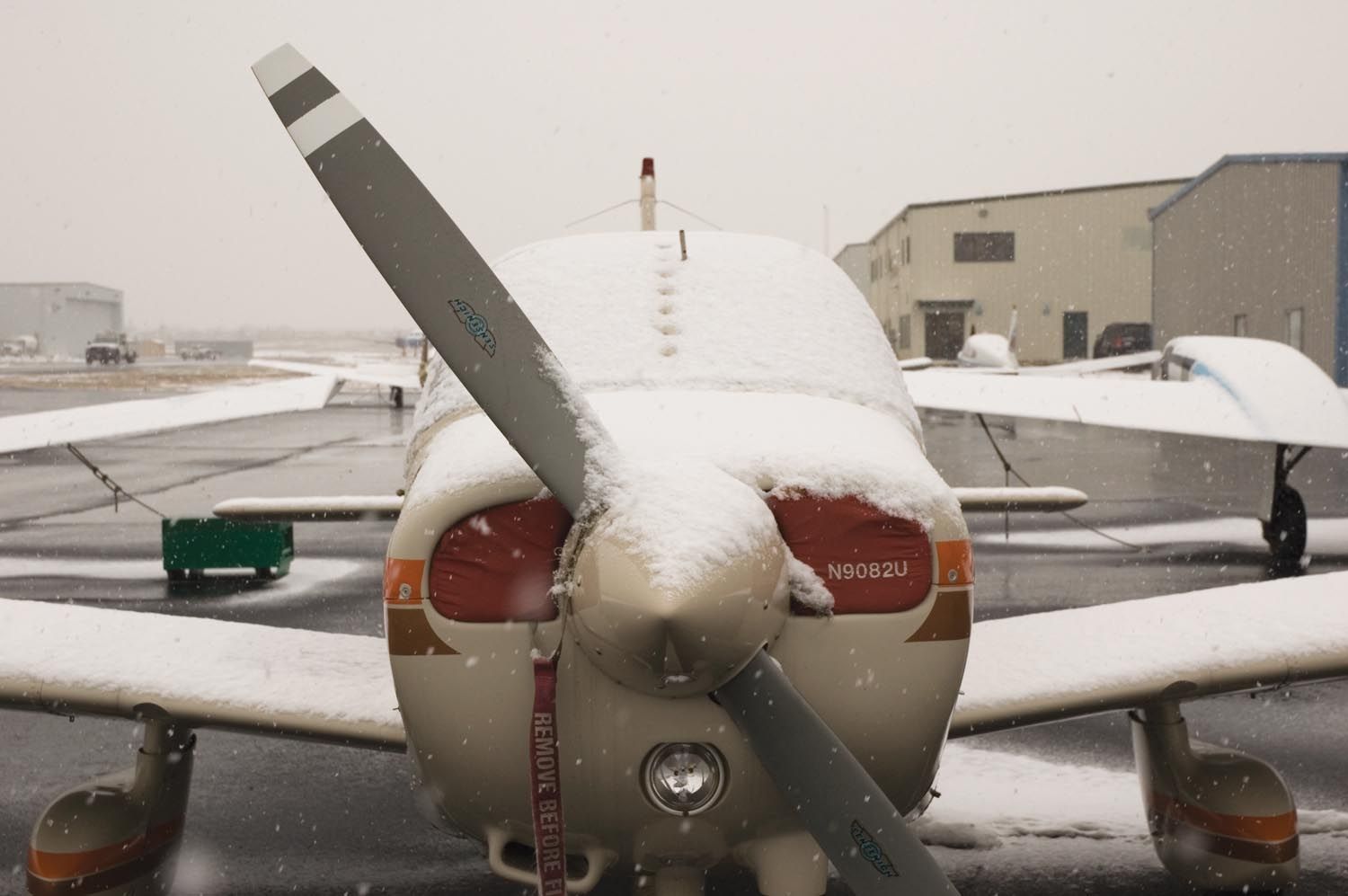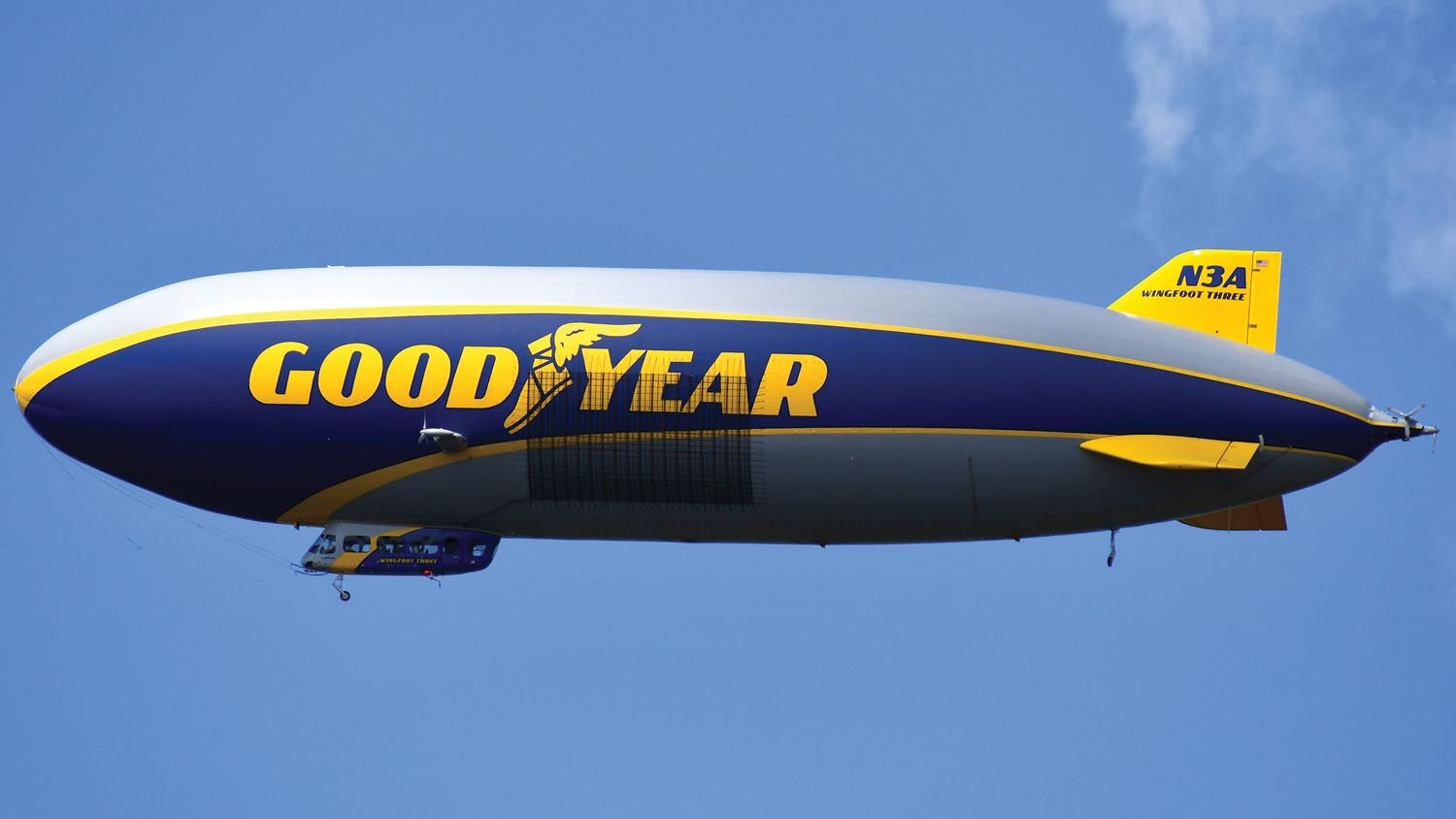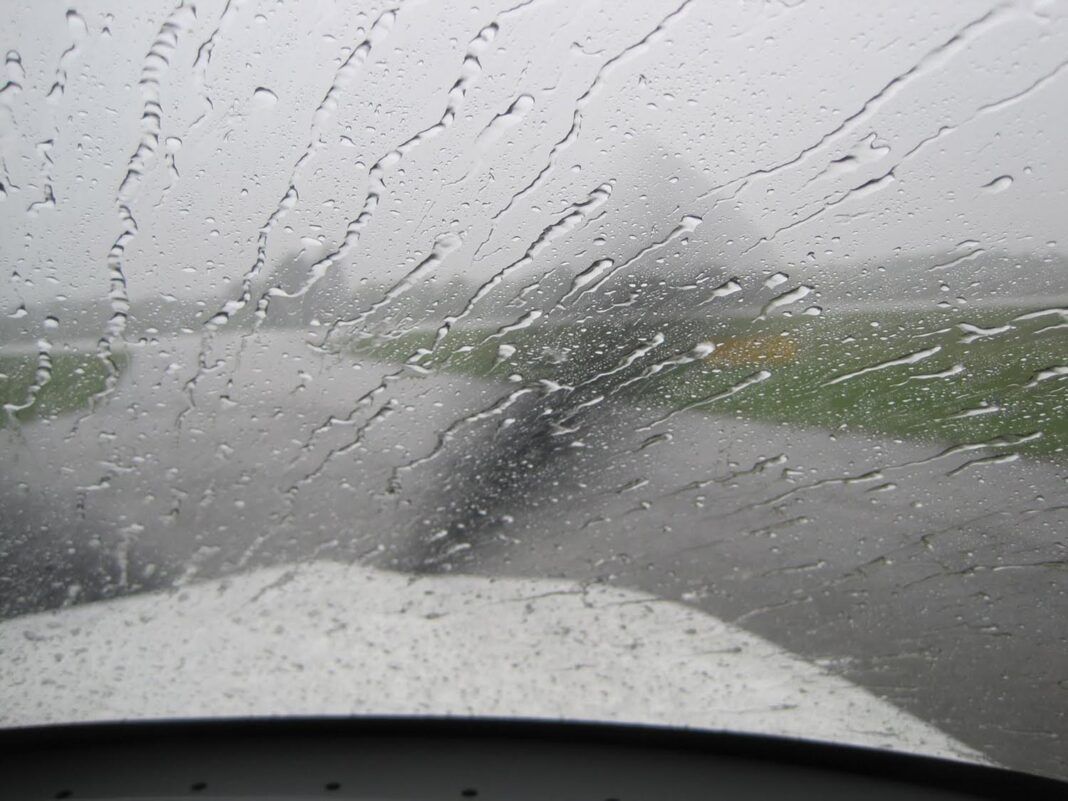Many aerospace enthusiasts throughout the world were heartbroken recently when Ingenuity, the autonomous helicopter NASA sent to Mars with the Opportunity spacecraft, suffered damage to at least one of its rotor blades. (Martian aviation authorities have not yet commented on the mishap.) After 72 flights, totaling more than two hours of flight time, the little helicopter that could is grounded until parts and a mechanic can be ferried in.
Lame jokes aside, flying on Mars must be great, even with the thin atmosphere. The local weather typically is VMC and, since there is no other traffic (that we know of — Ed.), there is no need for flight rules, or even ATC. The weather on Mars is usually VMC because there is very little water in the Martian atmosphere to generate clouds, fog, thunderstorms or even airframe icing, which is important since the average temperature is -64 degrees F.
In fact, when we think about it, most of the problems we encounter in flying have something to do with water. Those that don’t, like dust storms, often come from the lack of water. Among the things pilots need to think about on every flight, water is one of the basics, and touches on every area of flight. Let’s explore.
Water In The Atmosphere
Water in the atmosphere causes some of the most frightening problems a pilot can face. Start with thunderstorms, which require three things to form. The second two are instability and something to trigger lift, but the first is moisture: water. Unstable dry air that starts to rise leads to strong thermals glider pilots can ride into the flight levels. Unstable wet air that starts to rise can become a thunderstorm like the one that killed legendary test pilot Scott Crossfield (see Editor’s Log, Aviation Safety, June 2006).
(While instability has nothing to do with water, it’s worth a reminder that it depends on how quickly air cools with a rise in altitude. Air that is cooling too quickly will tend to seek its proper, higher level, if disturbed.)
Fog is another water problem: fog, a cloud that hugs the ground, is visible water. Nowadays, we tend to call it mist and abbreviate it as “BR” in a Metar, but whatever the name, it’s a problem because it reduces visibility. Pilots can anticipate fog by looking at the difference between temperature and dew point in Metars or relative humidity in other weather products.
This is one place where the metric system doesn’t work. When a Metar reports a temperature/dewpoint spread of two degrees Celsius, rounding means that the spread is somewhere between 1.6 degrees and 2.4 degrees. The former is foggy; the latter might be clear. That’s why the remarks section of a Metar reports the temperature and dewpoint to the nearest tenth of a degree. The remark “T00720039” toward the end of a Metar means that the temperature is 7.2 degrees Celsius while the dew point is 3.9 degrees.
Airframe icing is another place where water causes major problems, as discussed in Ryan Motte’s article beginning on page 7.
Carburetor ice is a different matter but still dangerous. Carburetors cool the air coming into the engine, so atmospheric moisture can freeze even if the ambient temperature is well above freezing. This can cause the engine to run rough or quit altogether.
The worst condition for carburetor icing is air with high moisture content, so when I flew in the Idaho desert it was seldom a problem. Here in moister Oregon, I watch for it more closely, looking for a drop in rpm or, in an airplane with a constant-speed prop, a drop in manifold pressure.
One “trick” to minimizing carburetor ice is to apply carb heat before you think you need it. Once the engine cools, heat may not be available.

Water On The Ground
One of my scarier instructor moments was arriving at the airport to see one of my students taxi out for solo practice in a Cessna 152 whose wings were covered with snow. I phoned the tower and had them turn him around. Phew.
Snow is water. Ice is water. You can’t take off with ice or snow on the airplane. That’s common sense, but the regulations (see Advisory Circular AC 91-74B, Pilot Guide: Flight in Icing Conditions) only require a clean aircraft under Subpart F of Part 91, which details regulations for Large or Turbine-Powered Aircraft. As the image and caption above hint, common sense is always more important than the FARs.
Don’t do what one of the members of my former flying club did: use a credit card to scrape the ice from the wing, doing severe damage to the paint. As president of the club, I called him to advise he was responsible for the repair costs, and asked about it. “What am I supposed to do?” he complained. “Pay $25 for the FBO to put it in the hangar to melt the snow?” “Yes, you’re supposed to pay $25 for them to put it in the hangar to melt the snow,” I replied forcefully, “just like I am doing right now for [different airplane].”
Water on the ground is a different problem than water on the airplane. Taxiing through standing water just before flying into cooler air can lead to frozen brakes. With retractable gear, an extra cycle can help remove some of that water.
Another problem water on the ground presents is hydroplaning. I live in Oregon now, which is as wet as advertised, and lots of runways are grooved. Grooving takes water off the runway surface, so hydroplaning is much less likely.
Water In The Engine
Too many piston airplanes don’t fly enough. One of the byproducts of combustion is water, which can cause rust and corrosion if it sits in an engine. An engine that hasn’t been run for a while may be rusting and corroding. At least running it up occasionally, and keeping fresh oil in it, will help. But the best way to prevent corrosion, whether of the airframe or an engine’s internals, is to fly it.
In addition to moist air entering the engine through vents and intake systems, a partially fueled airplane left overnight can often lead to water in the fuel the next morning, even if the airplane is hangared. Moisture in the ullage—the empty space of air in a partially filled fuel tank—condenses as the temperature gets lower. Water being heavier than fuel, it tends to seek the tank’s lowest point, one reason it’s important to sump the tanks.
 Airships present a unique problem when it comes to water. Burning fuel makes the ship lighter, so the crew may have to vent the lifting gas (typically helium) to compensate for the need for less lift. That’s expensive.
Airships present a unique problem when it comes to water. Burning fuel makes the ship lighter, so the crew may have to vent the lifting gas (typically helium) to compensate for the need for less lift. That’s expensive.
Engine exhaust contains water. The Zeppelins used some innovative systems to combat this problem. Original plans for the Hindenburg used a recovery system that captured water in the exhaust of its Daimler-Benz engines to add to the ballast and keep the ship heavy. (The system was abandoned in order to reduce basic empty weight when the Zeppelin company was no longer able to obtain helium.)
The Maybach engines of the Graf Zeppelin, which flew successfully around the world in 1929, used Blau gas, named after its inventor, Hermann Blau, which had a density similar to air, minimizing weight concerns. Blau gas was often used for interior lighting, so its use for propulsion was definitely a hack.
Water In Its Absence
If water is so bad, then why don’t we avoid it altogether? That would be a bad idea. The Phoenix, Arizona, area’s dry climate means VFR weather almost every day, but at the cost of searing heat. Even though the density altitude is manageable (it can be as high as 5500 feet in Tucson), solar heating turns every metal surface into a flat-top range, making it difficult to do an adequate preflight inspection. Cabins become dangerously warm: airlines often have passengers close all the shades while on the ground there; if not, the cabin heats up faster than the air conditioning can handle.
It’s tempting to forget about the pilot in these discussions, but dehydration—the lack of water—can be a real problem. Glider pilots, who like to spend hours in cloudless skies under glass canopies, may be trained to watch for it, but dehydration in an important enough problem that it’s specifically addressed in the FAA’s Pilot’s Handbook of Aeronautical Knowledge (PHAK, FAA-H-8083-25C).
The PHAK says that “common signs of dehydration are headache, fatigue, cramps, sleepiness, and dizziness. The first noticeable effect of dehydration is fatigue, which in turn makes top physical and mental performance difficult.” It’s not part of the IMSAFE checklist, but probably should be.
Glider pilots lose moisture through perspiration, but if the pilot doesn’t perspire much, moisture has only one way out. You have to have some way to trap the body’s waste water.
Conclusion
Thinking about water’s impact on our flying has led to considering thunderstorms, Metars, low clouds and low visibility, engine operation, aeromedical factors, winter operations and other topics. About the only thing remaining is using water as a runway, whether frozen or solid. For those operations, we need floats, skis or a good insurance policy.




